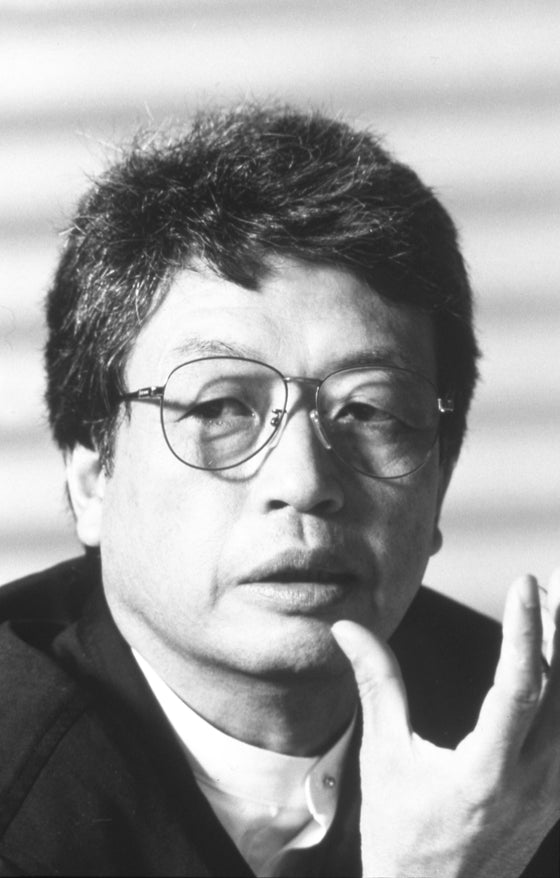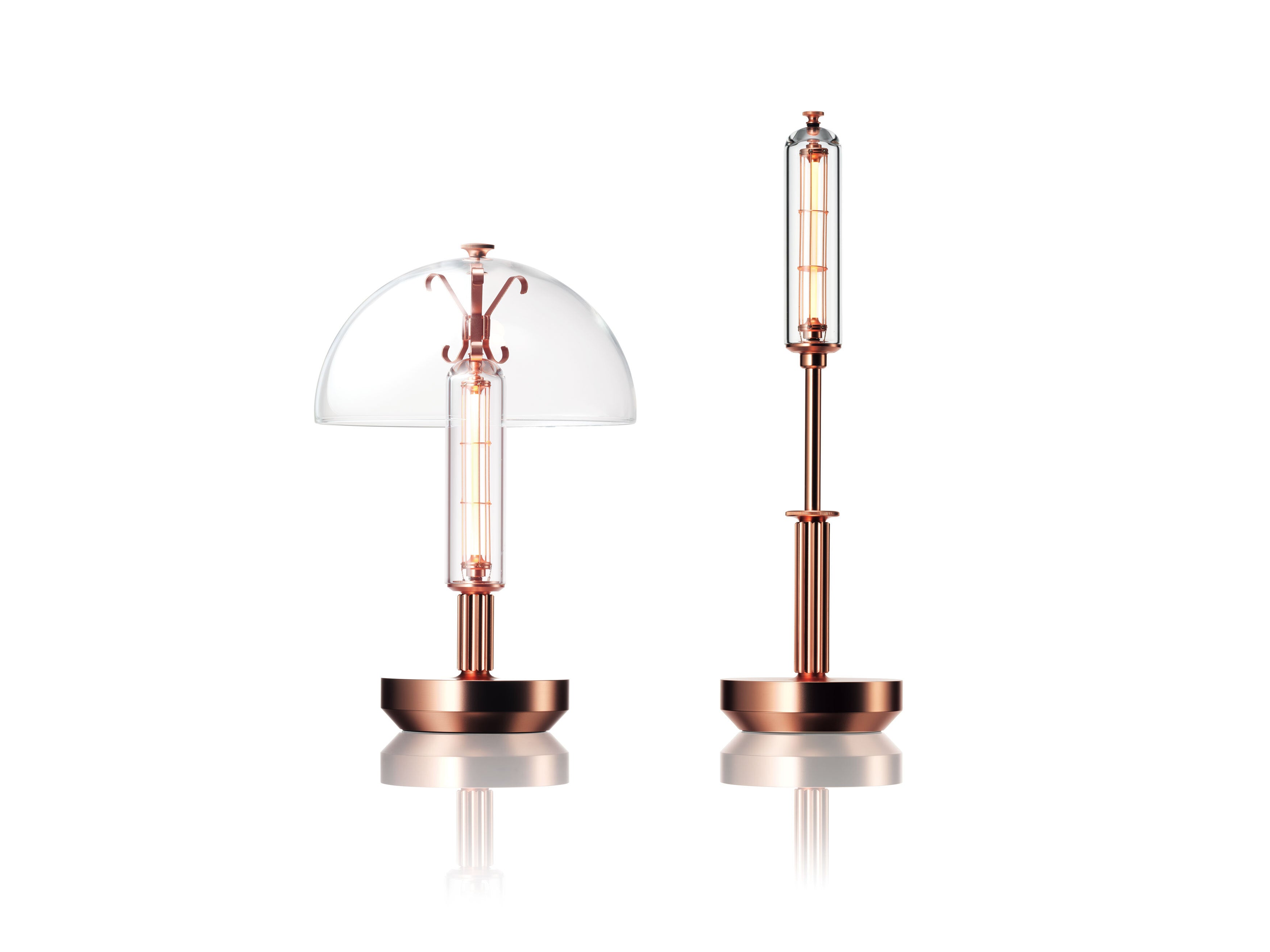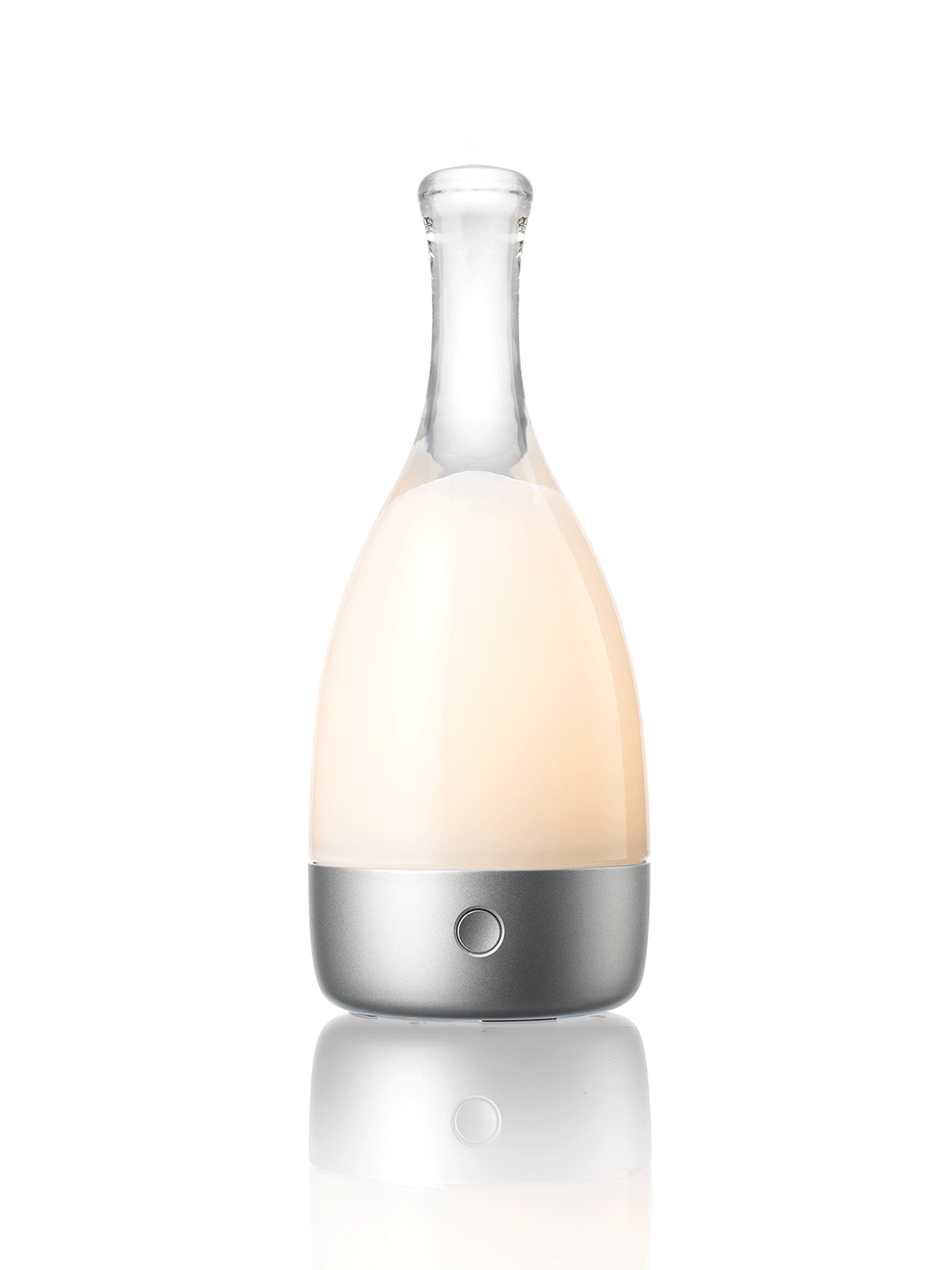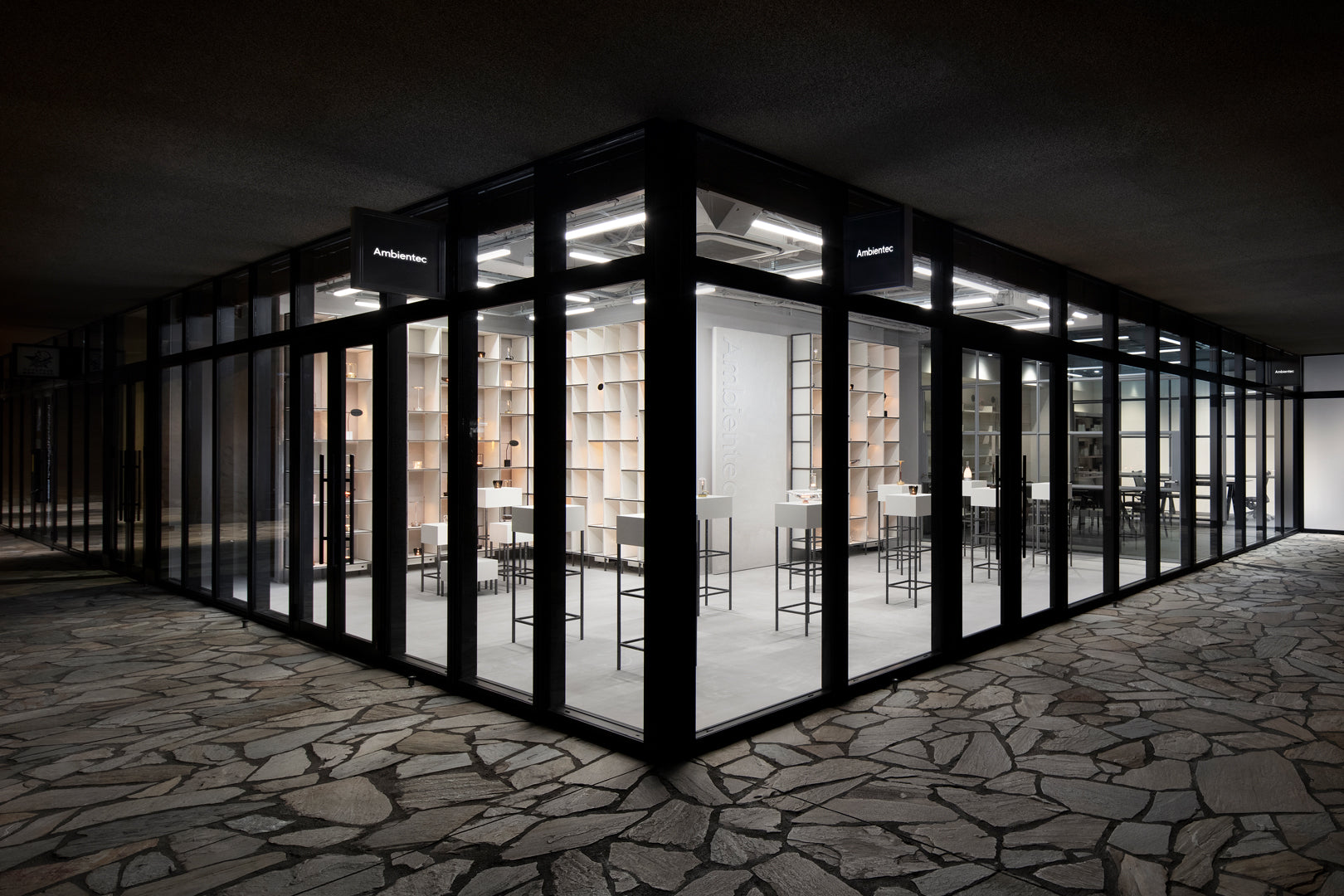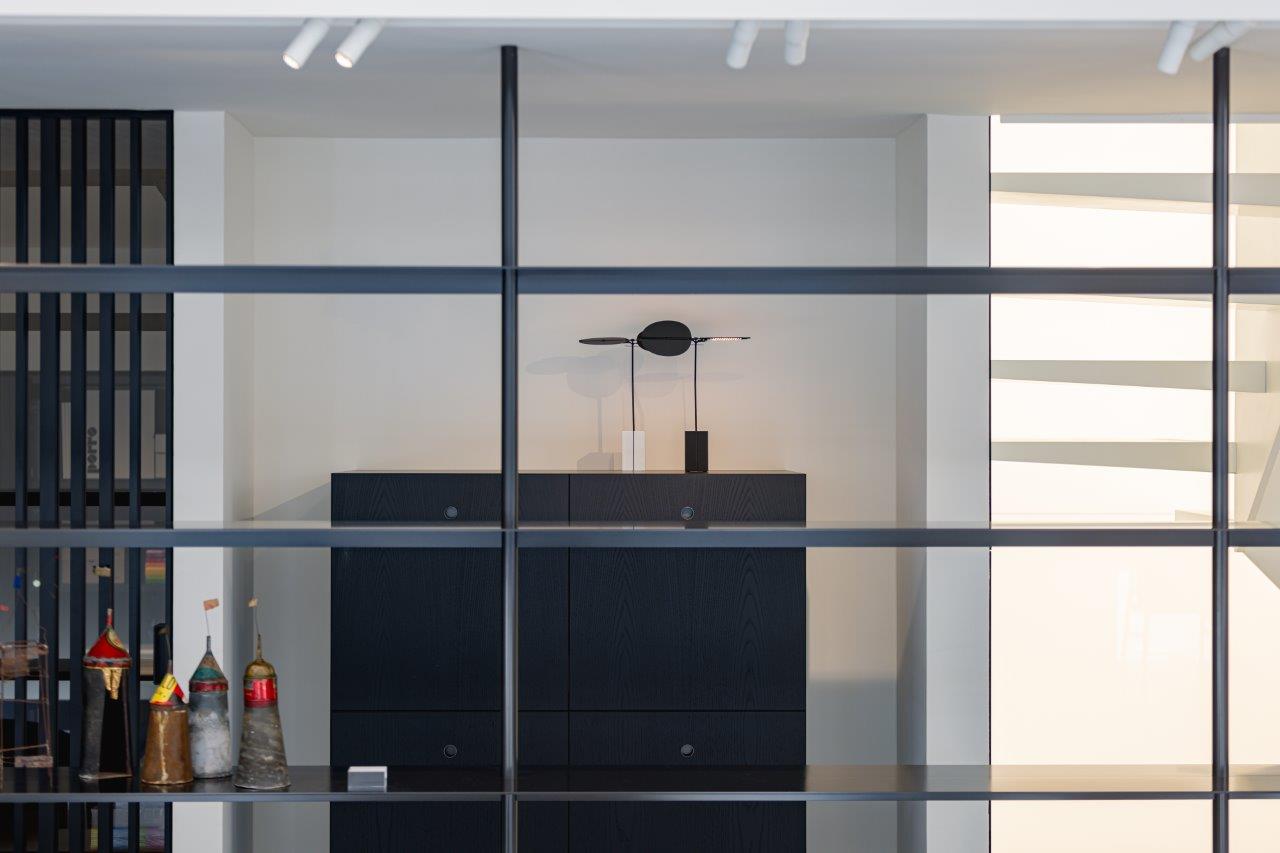The project for the reissuing of SAMBA-M was initiated by Gallery Tamura Joe under the supervision of Kuramata Design Office in 2021, 30 years after Kuramata's death.
Based on the existing drawings and the actual product, Ambientec improved it to be double-walled glass, waterproof, cordless, and rechargeable powered by a long-lasting lithium-ion battery.
Original SAMBA-M was objet d'art in which a red LED the latest technology at the time, encased in a wine-glass-shaped glass.
It was very difficult and expensive to produce, and only a small number were made available to the public.
The reissue "SAMBA-M" by Ambientec was achieved with the goal of developing a product that would be affordable to a larger range of people through the advancement of technology.
SAMBA-M was unveiled in 1988 at the exhibition "IN-SPIRATION," which toured Tokyo, Paris, and Milan. The exhibition invited more than 20 young creators from Japan and abroad who proposed new lighting designs unconstrained by existing concepts, and included Ron Arad and Zaha Hadid. Kuramata supervised the exhibition, the venue configuration, and exhibited his work “SAMBA-M”. At the opening party, he surprised the guests by pouring champagne on the SAMBA-M and lighting it up red.



